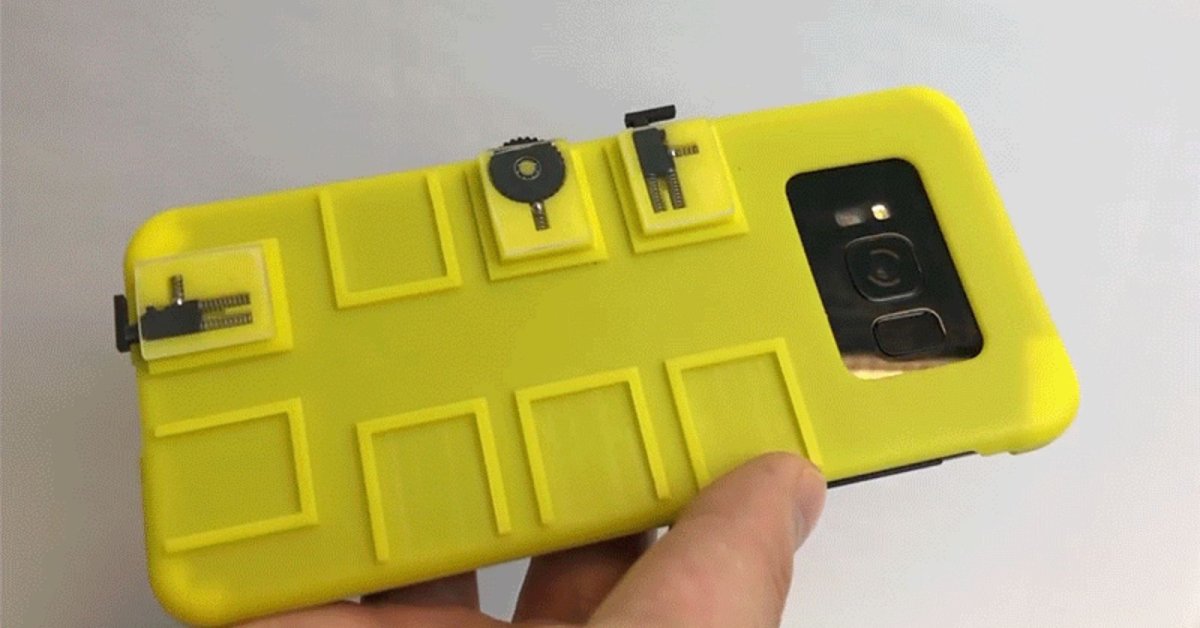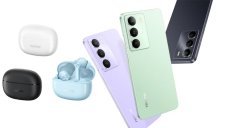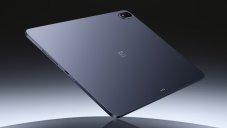No Wire Nor Bluetooth Needed, You Can Add Buttons To Smartphones With This Case
Shackcham Mirchandani - Jun 26, 2019

Researchers are bringing back the button with a customizable smartphone case that works without batteries, wires, or even a Bluetooth connection.
- These Three iPhone 11 Cases Survive Explosions, Priced From Just Rs 1,700
- This iPhone 11 Case Is Not Only Pretty But Also Yummy
- Best Cases For Samsung Galaxy S10, S10 Plus, And S10E
If you take a glance at the newest smartphone models, you’ll see that buttons these days are no longer important. It’s only a matter of time before phone manufacturers get rid of every last physical button. Is it a good thing to do so?
The fewer components in devices, the more benefit manufacturers get. But in order to compensate that, users will be left to learn confusing hand gestures to use smartphones effectively. In order for this not to happen, Columbia University’s researchers decided to bring back buttons. But how? They used a phone case that can be customized and can work with no wires, batteries nor Bluetooth.
This case is actually a mechanical creation. Should you remember the old scroll wheel of Blackberry, then this would be no strange to you. The case has dials and spring-loaded buttons which can easily be reconfigured and repositioned. On the back of the device, you can add different buttons and wheels to available empty slots. The case will use no Wi-Fi, no physical ports, and no Bluetooth at all. Now you may wonder how would it work? The answer is this case is based on the sensitive gyroscope of the device to put all those buttons into actions.

Should you put your phone in your hand and press the side volume buttons, you’ll see that during the process, it moves a little bit. Researchers pointed this out and found out that the gyroscope can detect those movements with ease and without confusing that to any other kinds of motion. Vidgets, the scroll wheels and buttons of the case, were specifically designed to create tiny motions and specific vibrations when used. This helps other software to detect motions easier and more accurate, not to mention it also let the software correlate different movements to things that are happening on screen. The official paper “Vidgets: Modular Mechanical Widgets for Mobile Devices”, which will later be released at Siggraph conference, will present details of this research.
In order to zoom a camera on smartphones, users will have to use two fingers and pinch them directly on the screen. This requires both of their hands, and their fingers might cover parts of the screen during the process. Using this case, should users want to zoom out or in, they can simply rotate the dial with their thumbs. And this action can definitely be carried out with only one hand.

This specially designed case can also improve the user's gaming experience on smartphones. Players who are fond of games that require a controller of joystick type or quick reflexes might find that touch screen is a terrible way to play games. Users can feel no physical feedback if they use on-screen controls, making it hard for them to know whether they slipped any buttons off. Having this case, users can use its dials and buttons as physical controllers, and what’s more, it does not require any other accessories.
This case is not exactly a perfect solution for smartphones with no buttons, given that the vibrations can sometimes be confusing. For example, if users are on a car ride or train, there will be consistent vibrations which can make the algorithm become inaccurate. Yet this can be improved. Once the smartphone's hardware becomes more sophisticated and is able to track down physical metrics and fitness better, then Vidget might become an excellent material. This case might as well unable Apple to take away home buttons permanently.
Featured Stories

Gadgets - Jul 21, 2025
COLORFUL Launches iGame Shadow II DDR5 Memory for AMD Ryzen 9000 Series

Gadgets - Jun 23, 2025
COLORFUL SMART 900 AI Mini PC: Compact Power for Content Creation

Review - Jun 18, 2025
Nintendo Switch 2 Review: A Triumphant Evolution Worth the Wait

Gadgets - Jun 18, 2025
Starlink: Why It’s a Big Deal for U.S. Internet in 2025

Gadgets - Jun 17, 2025
How Custom PC Setups Support India's Esports Athletes in Global Competition

Gadgets - Jun 12, 2025
Lava Prowatch Xtreme Launches with Google Fit Integration

Gadgets - Jun 07, 2025
Fujifilm Instax Mini 41 Launches in India: Stylish Instant Camera Now Available...

Mobile - Jun 07, 2025
Realme C73 5G Launches in India: Budget 5G Phone Starts at ₹10,499

Gadgets - Jun 07, 2025
OnePlus 13s Makes Indian Debut: Compact Flagship Brings Premium Features at...

Gadgets - Jun 07, 2025
Comments
Sort by Newest | Popular